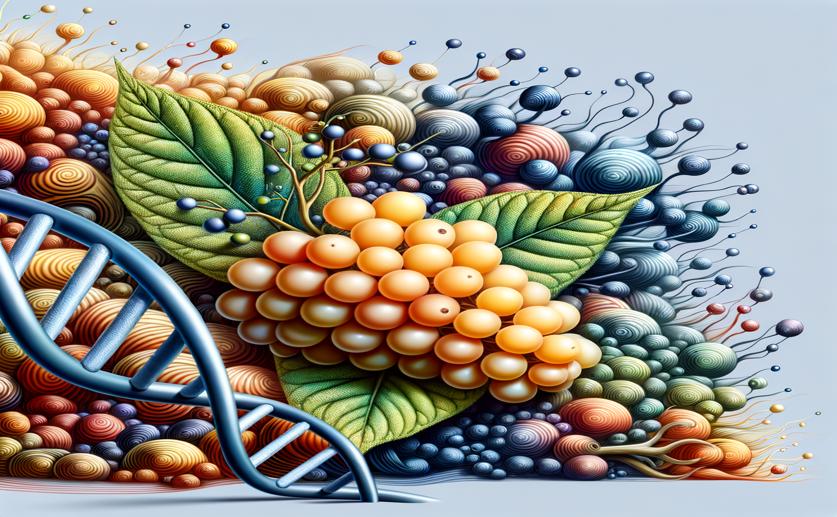
Discovery and Study of Genes Linked to Natural Soap Compounds in Soapberry
Jim Crocker
22nd June, 2024

Image Source: Natural Science News, 2024
Key Findings
- Researchers at Beijing Forestry University identified 42 genes (SmUGTs) involved in the synthesis of triterpenoid saponins in soapberry
- These genes are crucial for attaching sugar molecules to triterpenoid aglycones, forming triterpenoid saponins
- The study provides a foundation for future bioengineering to enhance the production of valuable triterpenoid saponins in soapberry and other plants
References
Main Study
1) Identification and analysis of UGT genes associated with triterpenoid saponin in soapberry (Sapindus mukorossi Gaertn.)
Published 21st June, 2024
https://doi.org/10.1186/s12870-024-05281-4
Related Studies
2) Triterpene biosynthesis in plants.
3) Molecular activities, biosynthesis and evolution of triterpenoid saponins.
4) P450s and UGTs: Key Players in the Structural Diversity of Triterpenoid Saponins.



 21st June, 2024 | Jenn Hoskins
21st June, 2024 | Jenn Hoskins